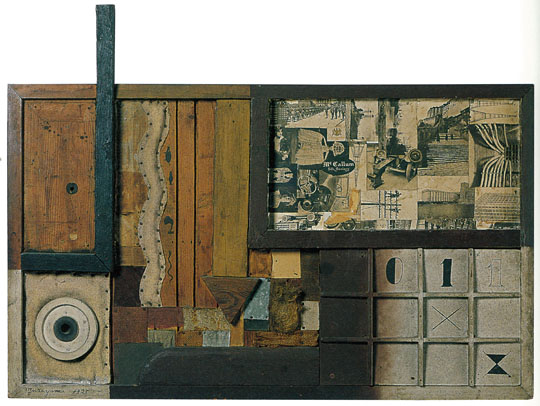In an Aug. 31, 1923, edition of the Shin-aichi newspaper, a clipping shows a photo of artists milling around paintings propped up against a tree in Tokyo's Ueno Park. Another image in the previous day's Asahi Graph shows a girl looking over an apparently abstract painting, above which is a label that reads "Mavo." These scenes sound tranquil, but in fact they depict the immediate aftermath of artistic anarchy.
Takamizawa Michinao, a member of the art group Mavo, had just sent rocks sailing through the glass ceiling of an exhibition hall displaying artworks chosen by Nika-kai (The Second Society), a Western-style painting organization established from 1914 in opposition to the conservatism of the governmental Bunten (Ministry of Education Exhibition) — and the jury members had hastened outside to ascertain the culprits.
The rocks and outdoor display of paintings were a protest by the Mavo artists, who had been rejected by the Nika-kai, a move that seemed to indicate a conservative turn for the art organization. Mavo, which began in 1923 as the re-institution of the Futurist Art Association (which had recently disbanded), was now in the press and in dispute with the police.


















With your current subscription plan you can comment on stories. However, before writing your first comment, please create a display name in the Profile section of your subscriber account page.